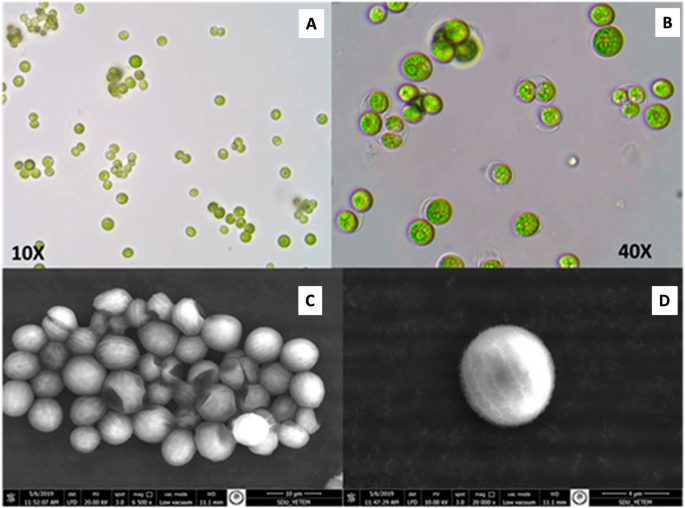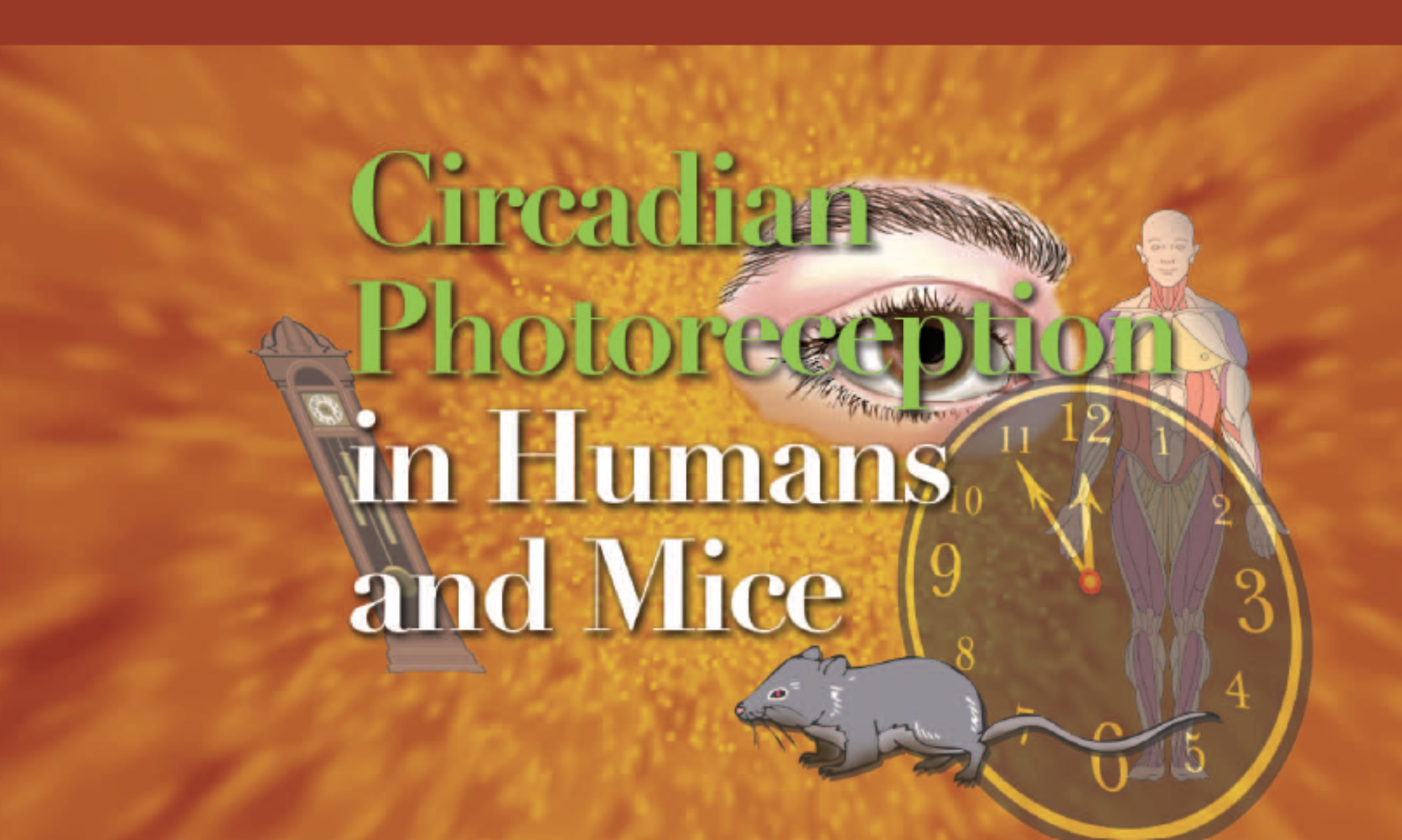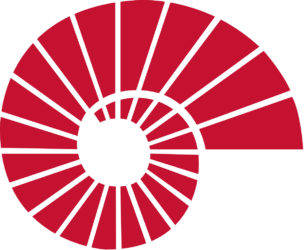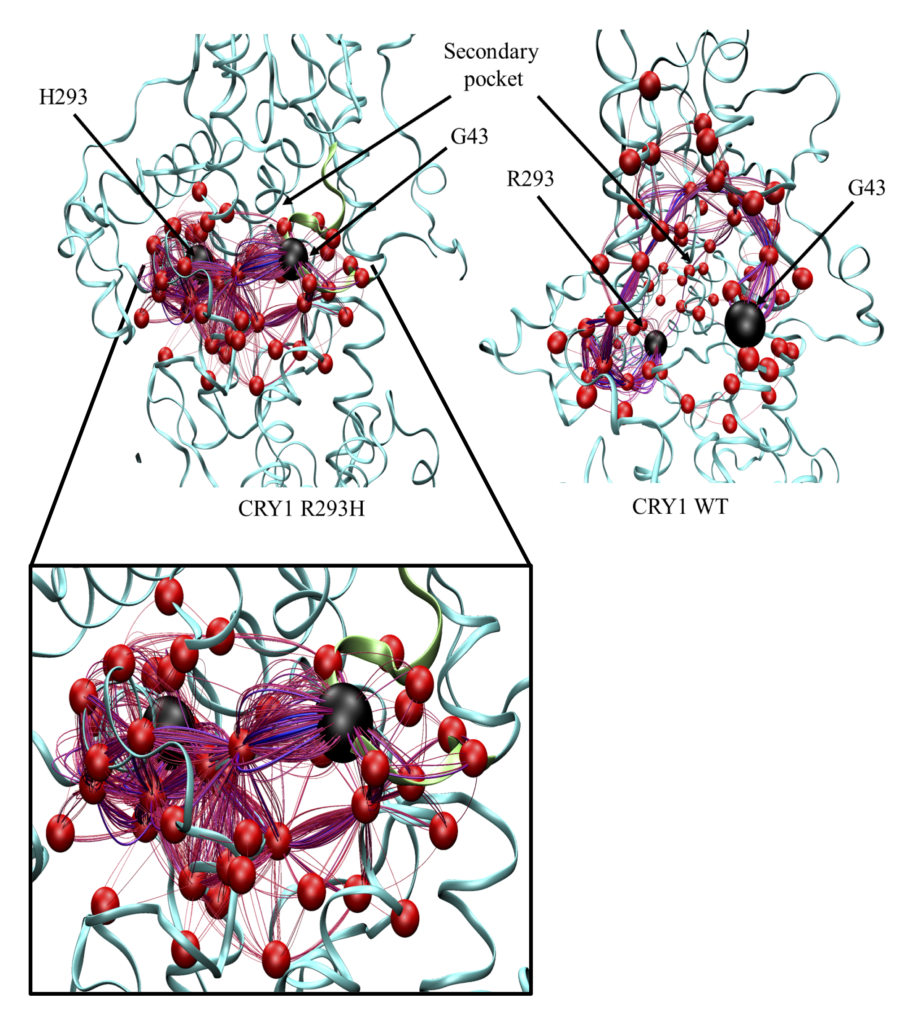Our paper titled “Transcriptomic and fatty acid analyses of Neochloris aquatica grown under different nitrogen concentration” is published in Functional & Integrative Genomics. This work is done with collaboration with Profs Füsun Akgül and Rıza Akgül







